- Blog
- Brand Story
- Russia
Brand Story - Faberge Jewelry
- 25th Jun 2020
- 3076
- 0

We all have learnt the significance of jewelry from my previous blog. Many designers come up with ideas and their own special designs to gain popularity in the industry. There are many designers in the past that have come up with unique designing ideas and beautiful creations who have established their name and have become an inspiration for many jewelry designers all around the globe. In the list of famous designers you will often come across a name called Gustav Faberge.
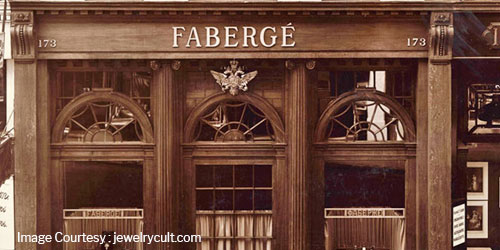
In 1842, Gustav Faberge started a jewelry firm popularly known as the- House of Fabergé. He had opened his jewelry shop in a basement of the city’s fashionable street. They became famous for designing and selling elaborated jewel-encrusted Fabergé eggs for the Russian Tsars, and a wide range of other high quality work with beautiful detailing.
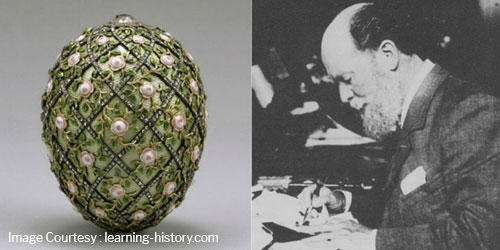
In 1861, Gustav’s son, Peter Carl Fabergé had shown interest in his father's work and entered the business. He first started off with being Gustav’s partner. Later to pursue his education Peter Hiskins then traveled to Germany, London, Italy, and France to complete, studying both manufacturing and design. It was noticed that his interest surrounded the French designs and intrigued him.
Later in the year 1882, Peter Carl Fabergé took over his father’s jewelry commercial enterprise, reconstructed and re-established it into a worldwide brand. The ordinary had become the irresistibly fashionable. It took over the French 18th century style in which diamonds prevailed. In came the design-led artist-jeweler with an eye for color through gems and designs, reviving the lost art of enameling. The craftsmanship was of the very best standard. This particular formulation made Fabergé impossible to resist and the ultimate creativity trend to own.

Best recognized for developing the extravagant ornate and intricately designed Imperial Easter Eggs were gifted by the czars to their families during the annual holidays , the House of Fabergé was the most prestigious Russian luxury items maker of the nineteenth and twentieth centuries. Branching out their stores in St. Petersburg, Moscow and London to serve the high society population, Fabergé crafted and created a wide variety of jewelry, clock cases, silver and myriad objects including photograph frames, cigarette boxes, cufflinks and carved hard stone floral and animal figures.
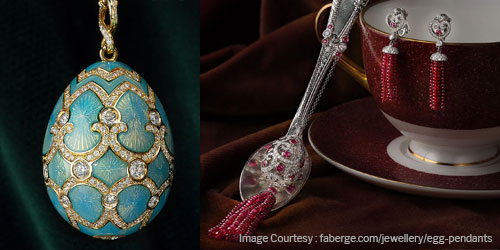
Fabergé’s egg pendants symbolize a playful interpretation of Fabergé’s unique heritage - transforming the enduring egg form into present day diamond, gold, teeth and gemstone pendants setting a trend in the market. These egg pendants have come into demand for its elegant look and luxurious properties. A particular selection of these exceptional jewelry pendants opens to expose a miniature marvel inside. One will truly be amazed to see how each pendant has its own unique design carved inside out. You can have a look of their unique egg pendants designs on: https://www.faberge.com/jewellery/egg-pendants
I am sure after viewing them you know why these jewels are so famous and how they have gained the interest of many upper class elite individuals around the world making it luxury jewelry for many to own with pride. What makes Faberge Jewelry special and unique from other jewelry around the globe is its combination of ancient touch mixed with modern royal stones and gems perfectly put together creating a masterpiece.
About the Imperial Eggs designed by the Faberge
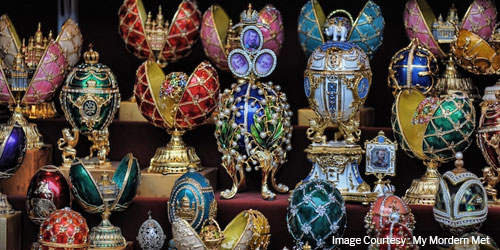
The imperial eggs jewelry designs are known to be the most popular amongst other jewels designed by the Faberge. The series of 50 Imperial Easter eggs were made for the Russian Imperial family in the year 1885 to 1916 when the company was run with the aid of Peter Carl Fabergé. These creations and manifestations are inseparably connected to the nobility and tragic destiny of the final Romanov family. They were known to be the biggest accomplishment of the eminent Russian gems house and have to additionally been considered the ultimate exquisite commissions of objects d’art. In 1885 to 1893, ten eggs were designed at some stage in the reign of Emperor Alexander III; 40 extra had been designed and created during the rule of his dutiful son, Nicholas II, and two eggs were created every year for his mother, the dowager, and the second one for his wife.
As of today, A Faberge eggs worth is known to be in millions. It was purchased at a flea market in the U.S. for just $14,000. But the estimates of its worth are as high as $33 million.
Popular creations by the Faberge
Among Fabergé’s well-known manifestations many were the smaller than expected hard stone carvings of individuals, creatures and blooms carved from semi-precious or hard stones and adorned with valuable metals and stones like silver, gold and diamonds. The foremost common creature carvings were elephants and pigs but included custom made miniatures of pets of the British Illustrious family and other notables. The flower designs were complete figural sculptures, which included little vases in which carved flowers were set for all time. The House of Fabergé also supplied a full beautiful range of gems and other decorative objects. They were enameled gold and silver overlaid, wooden frame outlines, gold and silver boxes, work area sets, strolling sticks, doorbells, clocks as well as timepieces and many more. The quality of every sculpture they made was guaranteed by Carl Fabergé or by his eldest child Eugène in his absence. The minutest of deficiencies would result in rejection.
Expansion
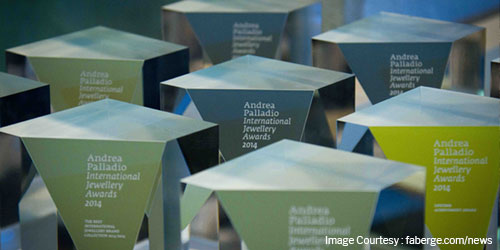
The House of Fabergé won several international awards and became Russia’s largest jewelry firm employing around 500 craftsmen and designers, The company then moved into a multi purpose-built premises at 24 Bolshaya Morskaya including workshops, a design studio, various offices, Peter Carl’s apartment and of course their jewelry show room. The House of Fabergé expanded with a branch opening in London.
War and after war timeline
1914:
The episode on the outbreak of the Great War.
During this time, there was a drop in the demand for extravagance or any luxury products, and also witnessed a lack of valuable metals. Fabergé in this situation created and produced copper articles such as cruets, plates, mugs and snuffboxes. The workshops moreover made syringes, gear and also grenades as for parts of the military.
1916-1917:
The House of Fabergé became a joint-stock company with a capital of 3 million rubles.
The stock of the London branch was then sold to Lacloche Frères, the Paris jeweler. The lawyers were instructed to clear up all the business activities in London. During the Russian Revolution, the House was then taken over by a ‘Committee of the Employees of the K. Fabergé company’.
1918-1924
In November, Peter Fabergé left St Petersburg and fled to Germany. In the same year, during December, Eugène together with his mother, travelled to Finland.
In June 1920, Eugène then travelled to Germany to take his father to Switzerland where other members of the family had taken refuge. Peter Carl Fabergé was known to have died in September. Eugène, together with his brother Alexander (son of Peter carl) then settled in Paris. They re-established Fabergé & Cie, which traded in and re-stored objects made by the House of Fabergé, as well as general jewelry and sculptures. The pieces they made were marked as Fabergé Paris in order to avoid any confusion with items made by the House in Russia.
In June 1920, Eugène then travelled to Germany to take his father to Switzerland where other members of the family had taken refuge. Peter Carl Fabergé was known to have died in September. Eugène, together with his brother Alexander (son of Peter carl) then settled in Paris. They re-established Fabergé & Cie, which traded in and re-stored objects made by the House of Fabergé, as well as general jewelry and sculptures. The pieces they made were marked as Fabergé Paris in order to avoid any confusion with items made by the House in Russia.
 Sumiran Jain
Sumiran Jain


Comments
No comments yet.
Add Your Comment
Thank you, for commenting !!
Your comment is under moderation...
Keep reading luxury post